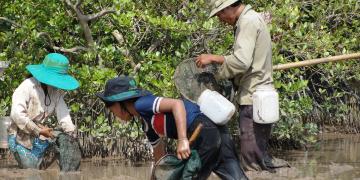Cross-jurisdictional agreements
Complementary legislation
Relevance of international conventions for MPA management
Co-managing with Indigenous Traditional Owners
Multi-sectoral Advisory Committees
Partnerships with key sectors to enhance management efforts
